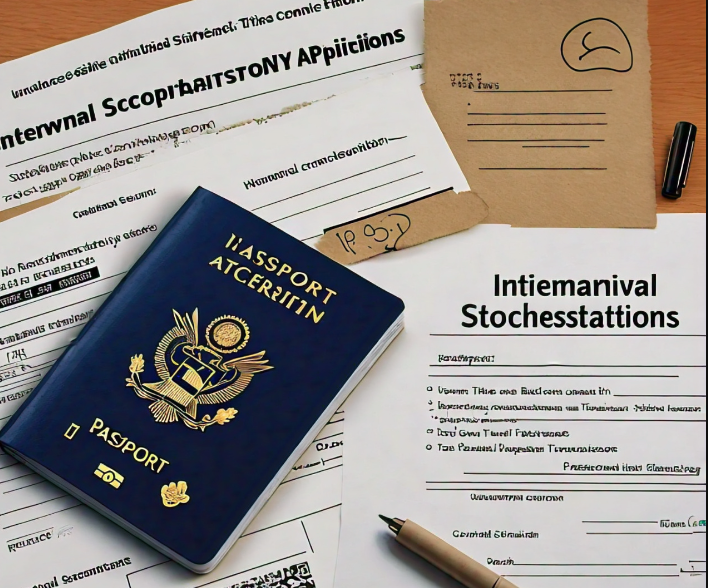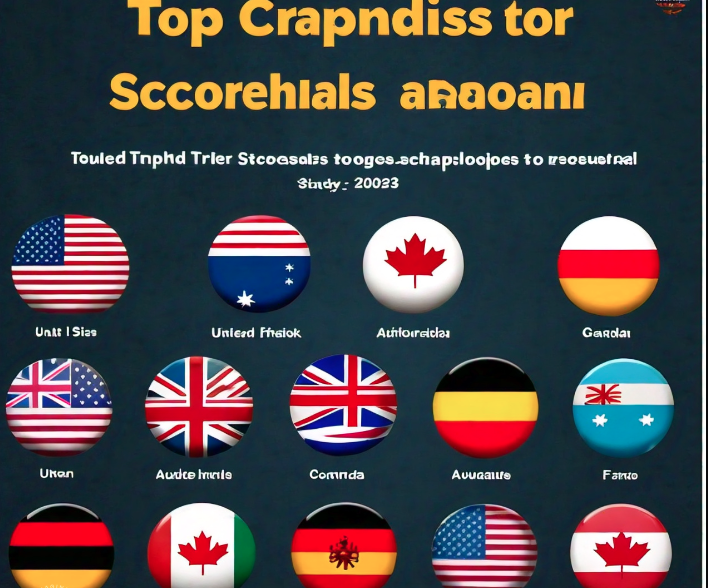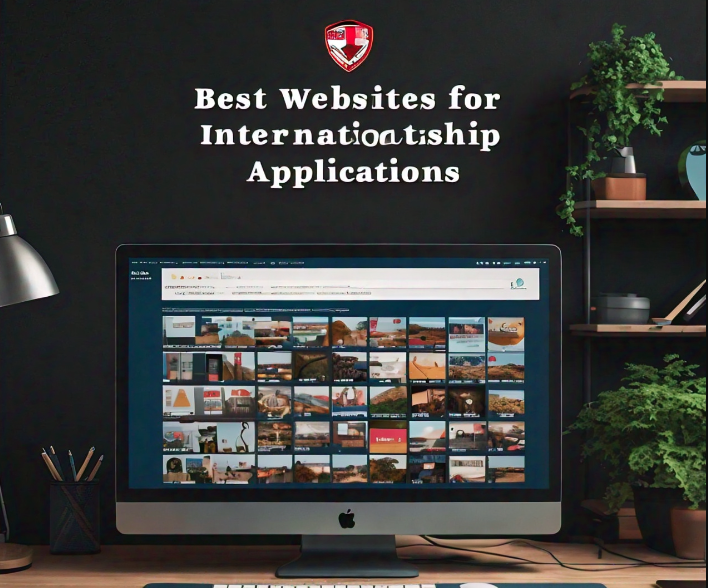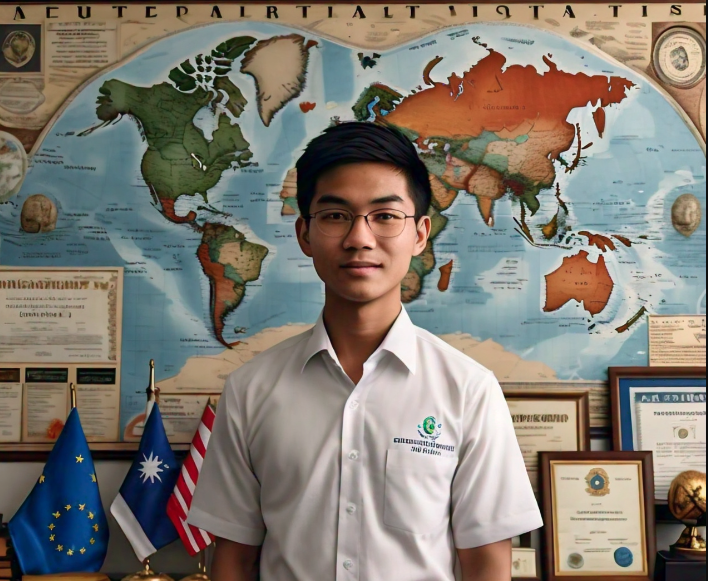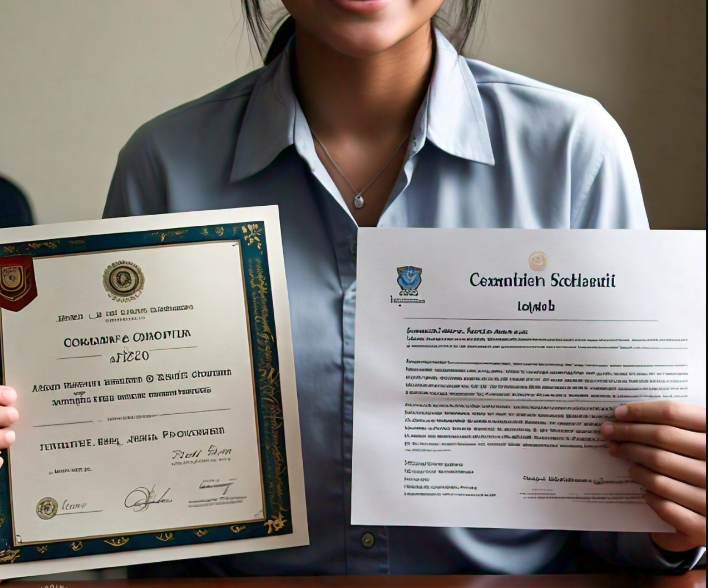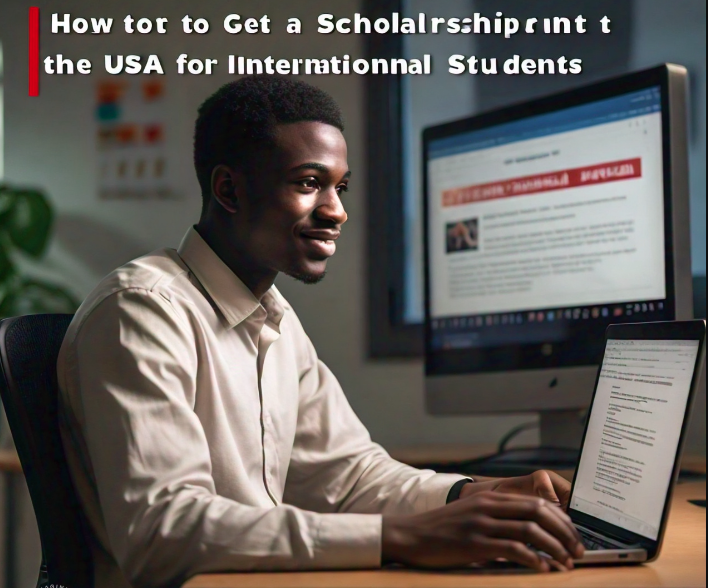Personal Statement Tips for International Scholarships
Introduction
When it comes to applying for international scholarships, your personal statement is often the crown jewel of your application. It’s your chance to shine, to share your story, and to show scholarship committees who you really are beyond your grades and test scores. In this guide, we’ll dive into everything you need to know to craft an impactful personal statement that stands out in a sea of applications.
Understanding the Personal Statement
What is a Personal Statement?
A personal statement is a written narrative that gives insight into your personality, motivations, and aspirations. Think of it as your story—an opportunity to express your journey, experiences, and why you’re passionate about your chosen field.
How to Find Scholarships for Studying Abroad | ||
Documents Needed for International Scholarship Applications |
Why It Matters for Scholarships
Scholarship committees use personal statements to gauge your fit for the scholarship and your potential impact in your field. A compelling personal statement can be the difference between acceptance and rejection, making it crucial to get it right.
Key Elements of a Strong Personal Statement
Authenticity and Honesty
First and foremost, be yourself. Scholarship committees can spot a phony from a mile away. Write in your own voice and be honest about your experiences. Authenticity resonates, and it makes your narrative relatable.

Clear Goals and Objectives
What do you want to achieve? Outline your academic and career aspirations. Show how the scholarship aligns with your goals and how it will help you make an impact in your field. This clarity not only showcases your ambition but also demonstrates that you’ve thought seriously about your future.
Unique Experiences and Skills
What sets you apart? Highlight your unique experiences, skills, and perspectives. Whether it’s a volunteer project, a challenging internship, or overcoming personal hurdles, these stories add depth to your application. Remember, everyone has a story—yours just needs to shine through.
Structuring Your Personal Statement
Introduction
Your opening should grab attention. Start with a compelling hook—an intriguing question, a powerful quote, or a personal anecdote. This sets the stage and invites the reader into your world.
How to Write a Scholarship Application For Any Country | ||
Step-by-Step Guide to Applying for International Scholarships |
Body Paragraphs
Organize your thoughts logically. Use the body to elaborate on your goals, experiences, and the skills that make you a strong candidate. Each paragraph should have a clear focus, transitioning smoothly to keep the reader engaged.
Conclusion
End with a bang! Summarize your key points and leave a lasting impression. Reiterate your passion and how the scholarship will empower you to achieve your dreams. This is your final chance to resonate with the committee.
Writing Style and Tone
Conversational Yet Professional
Find the balance between being personable and professional. Use a tone that reflects your personality while still being respectful. Avoid jargon and overly complex language; your goal is to connect, not confuse.

Using Personal Anecdotes
Personal stories are your secret weapon. They make your statement relatable and memorable. Share moments that shaped your journey, and illustrate your points with real-life examples.
Tips for Crafting Your Personal Statement
Start Early
Don’t wait until the last minute. Give yourself ample time to brainstorm, write, and revise. Starting early allows you to approach the task with fresh eyes and a clear mind.
Revise and Edit
Your first draft is just that—a draft. Revise multiple times to refine your message. Consider structure, clarity, and impact. Each edit should sharpen your narrative and enhance your voice.
Seek Feedback
Don’t shy away from asking for help. Share your personal statement with trusted friends, mentors, or advisors. Their feedback can provide valuable insights and highlight areas for improvement.
Common Mistakes to Avoid
Generic Statements
Avoid clichés and vague statements that could apply to anyone. Specificity is key; use concrete examples that reflect your unique experiences and aspirations.
Ignoring the Prompt
Always address the specific questions or prompts provided. Failing to do so can make it seem like you’re not genuinely interested in the scholarship or that you didn’t read the guidelines carefully.
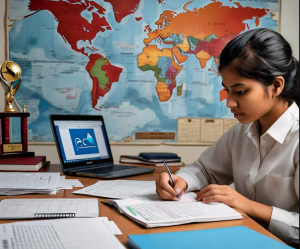
Overly Complex Language
While you want to sound articulate, don’t overcomplicate your language. Clear, concise writing is often more effective than lofty words. Keep it straightforward and engaging.
Finalizing Your Personal Statement
Proofreading for Errors
Before hitting that submit button, proofread for grammar and spelling mistakes. Typos can undermine your credibility, so take the time to ensure your statement is polished.
Ensuring Consistency
Make sure your personal statement flows well and maintains a coherent narrative. Consistency in tone, style, and message is essential for a strong impression.
Conclusion
Crafting a compelling personal statement for international scholarships is no small feat, but it’s a critical part of your application. By being authentic, setting clear goals, and sharing unique experiences, you can create a statement that resonates with scholarship committees. So roll up your sleeves and get started—your story is waiting to be told!
FAQs
- How long should my personal statement be?
- Aim for 500-1000 words, but always check specific requirements for each scholarship.
- Can I use the same personal statement for multiple scholarships?
- While you can, tailor each statement to address specific prompts or criteria to make it more relevant.
- Should I include my GPA or test scores?
- Focus on your experiences and aspirations rather than just numbers; however, if it adds value to your narrative, include it.
- What if I have limited experiences to share?
- Focus on quality over quantity. Highlight the impact of even a few significant experiences.
- Is it acceptable to mention financial need in my statement?
- Yes, if it’s relevant to your application and your goals. Just be sure to frame it positively, focusing on how the scholarship will help you succeed.
How to Use Social Media for Scholarship Opportunities | ||
Personal Statement Tips for International Scholarships | ||
How to Secure Letters of Recommendation for Scholarships | ||
International Scholarship Application Deadlines | ||
How to Find Scholarships for Studying Abroad | ||
Documents Needed for International Scholarship Applications | ||
Best Websites for International Scholarship Applications | ||
Tips for Winning International Scholarships From Any Country | ||
How to Write a Scholarship Application For Any Country | ||
Step-by-Step Guide to Applying for International Scholarships | ||
Top 10 Countries for Scholarships | ||
Study Abroad Scholarship Programs in Australia | ||
Best Countries for Scholarships in 2024-2025 | ||
Countries Offering Fully Funded Scholarships | ||
Best Countries for International Students with Scholarships | ||
Scholarships for International Students | ||
Top Countries for Scholarships to Study Abroad | ||
How to Apply for Study Abroad With Free Scholarships | ||
Get free Scholarships for Master’s Programs Abroad | ||
How to get scholarship in USA for international students |


